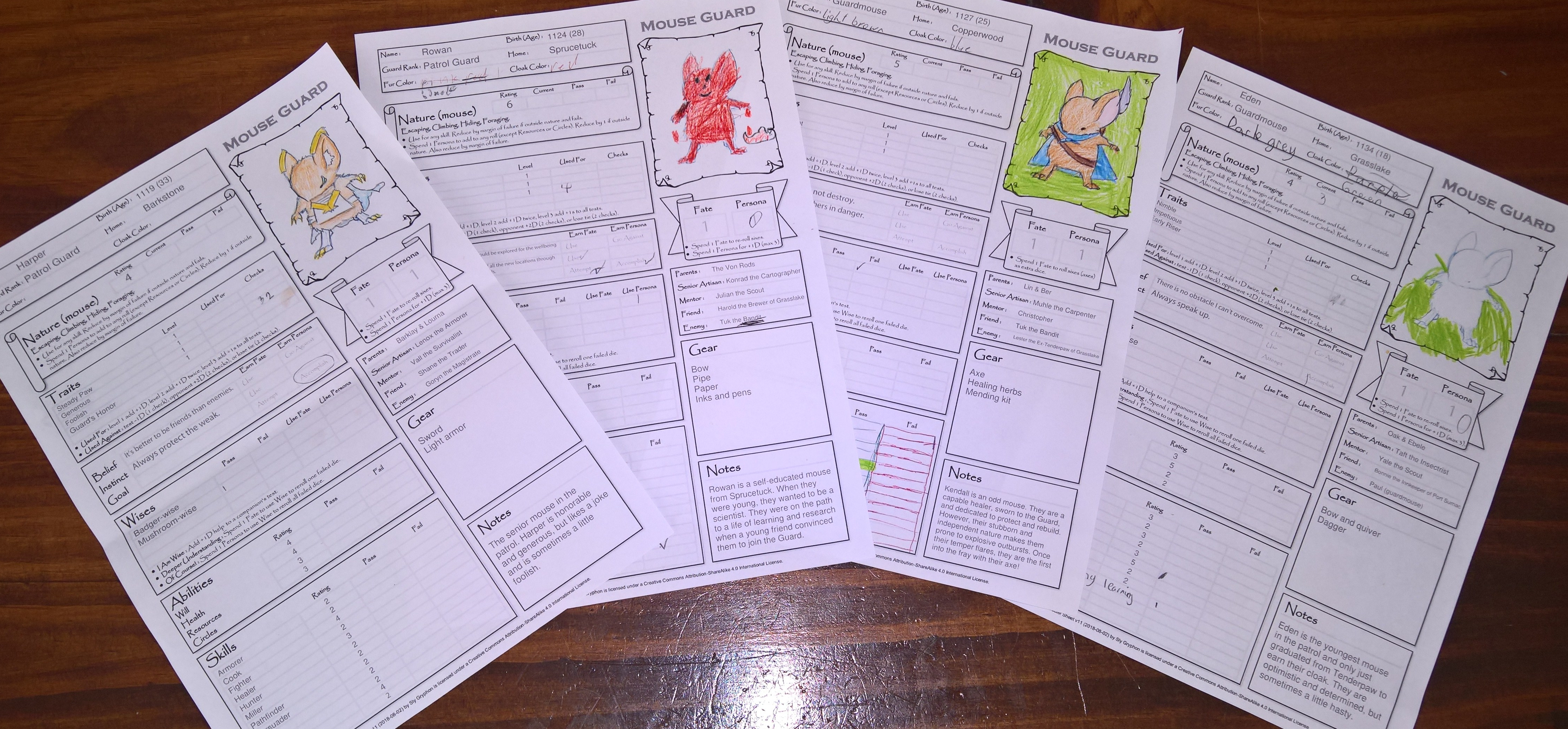The rules for how you can cast multiple spells in a turn have slightly changed in the new 2024 rules. In some areas they are more permissive, and in others they are less.
The main rule is:
“On a turn, you can expend only one spell slot to cast a spell.”
The other rule, relevant to Sorcerer metamagic Quickened Spell is:
“You can’t modify a spell in this way if you’ve already cast a level 1+ spell on the current turn, nor can you cast a level 1+ spell on this turn after modifying a spell in this way.”
The rules are more permissive by allowing combining with Bonus Action spells, not just cantrips, but other spells that don't use slots, such as free daily spells (e.g. Fey Touched), Aberrant Sorcerer Psionic Sorcery, and Warlock Mystic Arcanum.
Downsides are that you generally can't cast Reaction spells for your own spells, such as Silvery Barbs or Counterspell (an opposing Countspell) -- you either need to not use a slot, or use teamwork -- and that Action Surge no longer allows spellcasting.
Sorcerer metamagic Quickened Spell still restricts any other Level 1+ spell, so you need to quicken the main spell and can then use a cantrip (and not the other way around). Because of the Level 1+ restriction, it is irrelevant whether you use a slot or not.
A table of specific combinations is provided.
Continue reading D&D 2024 – New spellcasting rules(5 min read)

